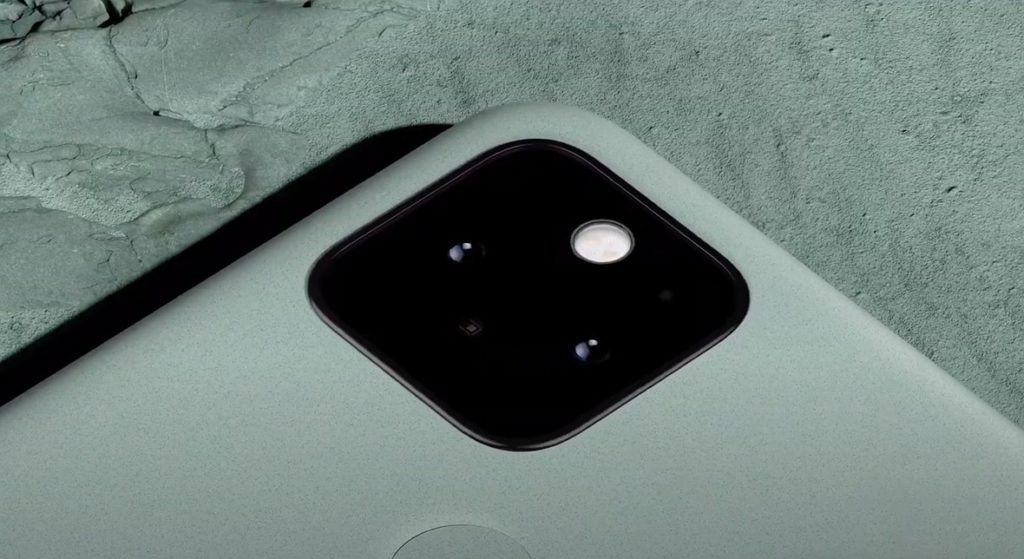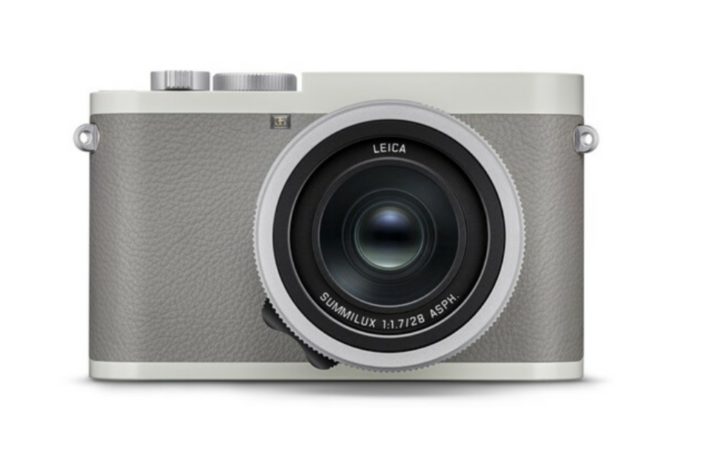
Google has shared an article on its AI Blog that dives into the intricacies of the HDR capabilities of its most recent Pixel devices. In it, Google explains how its HDR+ with Bracketing technology works to capture the best image quality possible through clever capture and computational editing techniques. To kick off the article, Google explains how its new ‘under the hood’ HDR+ with Bracketing technology — first launched on the Pixel 4a 5G and Pixel 5 back in October — ‘works by merging images taken with different exposure times to improve image quality (especially in shadows), resulting in more natural colors, improved details and texture, and reduced noise.’ Using bursts to improve image quality. HDR+ starts from a burst of full-resolution raw images (left). Depending on conditions, between 2 and 15 images are aligned and merged into a computational raw image (middle). The merged image has reduced noise and increased dynamic range, leading to a higher quality final result (right). Caption and image via Google. Before diving into how the behind-the-scenes work is done to capture the HDR+ with Bracketing images, Google explains why high dynamic range (HDR) scenes are difficult to capture, particularly on mobile devices. ‘Because […]
Click here to view original web page at www.dpreview.com





More Stories
How Good Is the New $6,000 Point and Shoot Camera From Leica?
Leica DG VARIO-ELMARIT 12-35mm F2.8 ASPH Lens Announced
Hasselblad X2D 100C: Keep it simple, stupid